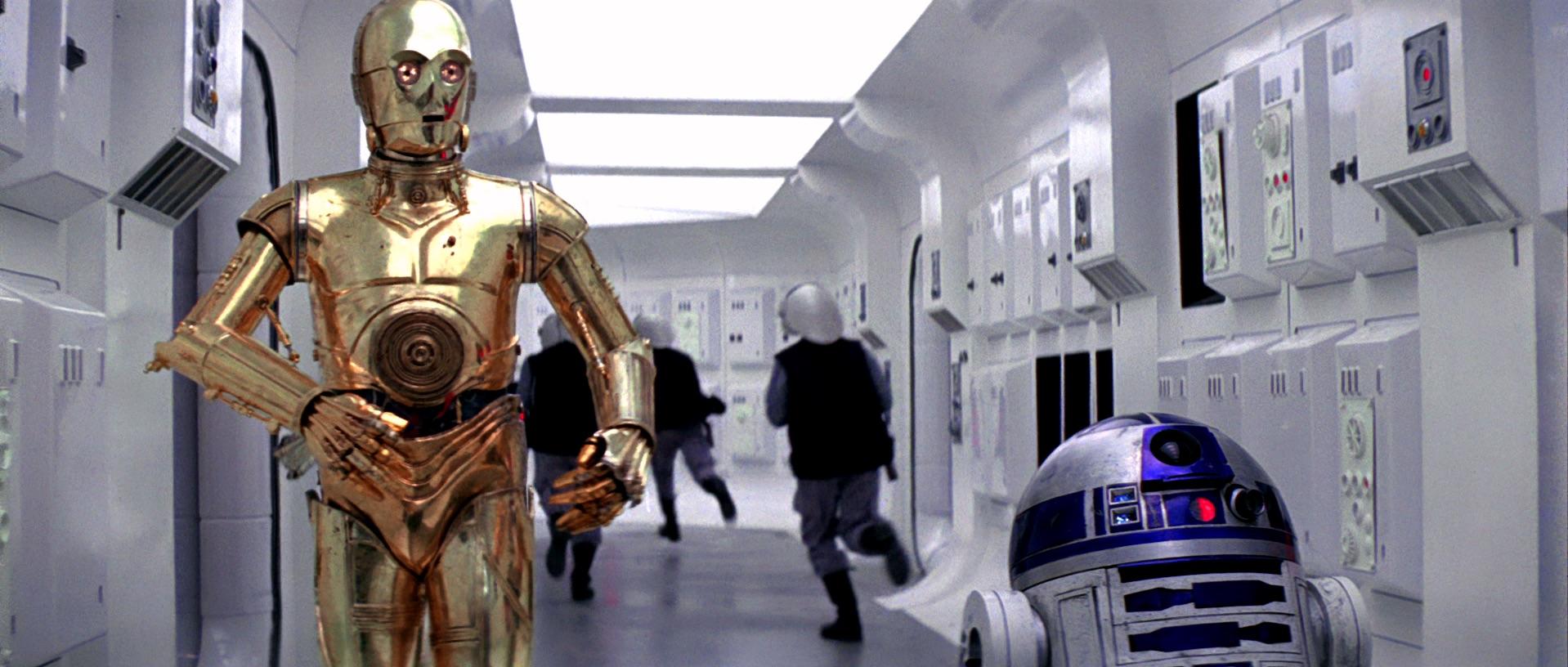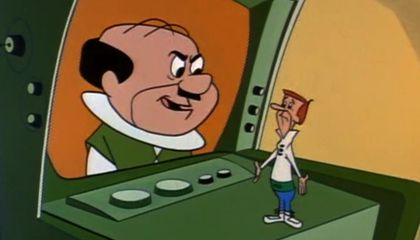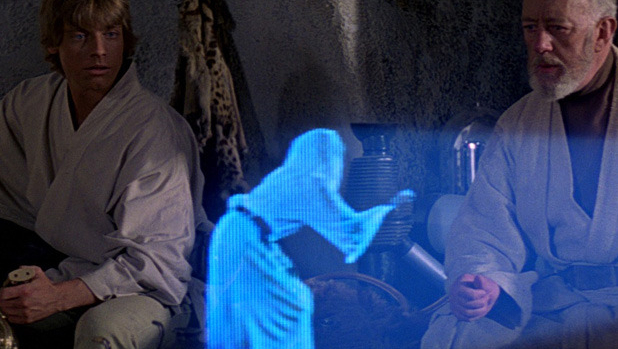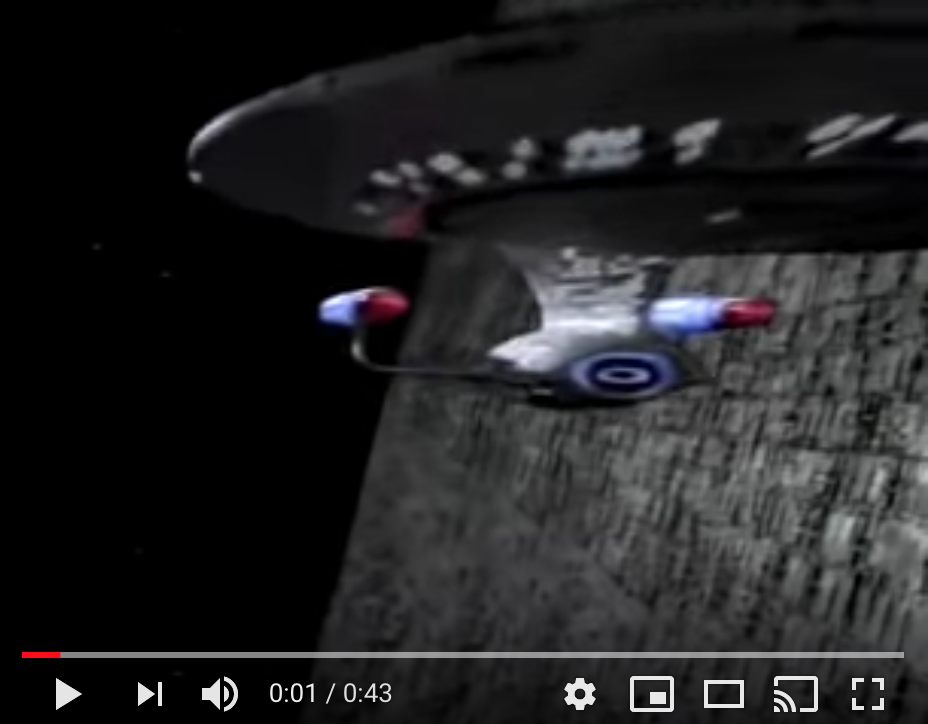Watching many 20th Century science fiction movies today, it’s easy to laugh or give an eyeroll to the types of communication technology used by the characters. In almost every way, modern technology has surpassed what many of us saw as the “future.” The fact is, technology has moved fast enough to surpass the imagination of many 20th Century sci-fi writers.
But there have been many times when sci-fi imagined an accurate future before it became reality. As UC nerds, we like to think that sci-fi gave us a glimpse of what would one day become our reality. Here’s a look at some of our favorite sci-fi communication platforms that have become part of our everyday lives, both professionally and personally.
The Internet
In his 1984 book, Neuromancer, author William Gibson describes “cyberspace” as a consensual hallucination created by millions of computers around the world, connected via a network called the “matrix.” Only one year earlier, ARPANET had begun connecting computers via a network that would eventually become the Internet. Gibson imagined a far more connected world than was available at the time—one that would become a reality when the World Wide Web was developed in 1990.
Digital Tablets
More than 30 years before Apple unveiled its iPad in 2010, Captain James Kirk used an eerily similar multi-use tablet tool called the Personal Access Display Device (PADD) aboard the original Starship Enterprise. The gadget even included a stylus. Later in Next Generation, Captain Picard used the PADD extensively, and the writers often utilized its versatility as a plot device. The lack of buttons and knobs allowed them to imagine almost any use for the PADD, since everything was software-based. Fun fact: when Apple CEO Steve Jobs unveiled the iPad in 2010, he actually used clips from the movie as an example.
Universal Translating Devices
The Star Wars universe has millions of languages. The most well-known universal translating device is C-3PO, the golden-colored droid who is fluent in “over three million forms of communication.” C-3PO’s translation capabilities would be incredibly helpful in our world, but it’s only been within the last few years that earthlings have made strides toward developing an automated translation device. Waverly Labs has gotten the closest, developing a device called the Pilot Earbuds, which uses smartphones to decipher languages. Two people wear the earbuds and a Bluetooth interface translates the language into audible words. The technology is still young, so look for more advancements in the coming years.

Videoconferencing
They were by no means the first to imagine the technology, but in the 1960s, the Jetsons brought the idea of video conferencing into the consciousness of many Americans—especially the younger generation who would go on to make this dream a reality. George Jetson was often seen talking to his boss, Mr. Spacely, via Videophone, and Jane Jetson used it to chat with her mother.

Of course in the actual future of today, “videophones” are more than just stationary hardware units. Not only is videoconferencing available on mobile devices, but modern software comes with dozens of features even the Jetsons couldn’t have imagined. Zoom has even developed technology called the Virtual Background which allows users to mask their backgrounds, providing privacy from any location.
To get the most out of video conferencing here on earth, it is critical to have a deep knowledge of your UC network. Through a single system, Vyopta monitors UC environments, providing insights that improve workflows, efficiency, user experience, and adoption. Our customers identify issues proactively and resolve them quickly, and they’re able to understand how their collaboration technology is used and how to maximize its value. To learn more about how Vyopta gets the most out of UC technology, check out our guided tour.








